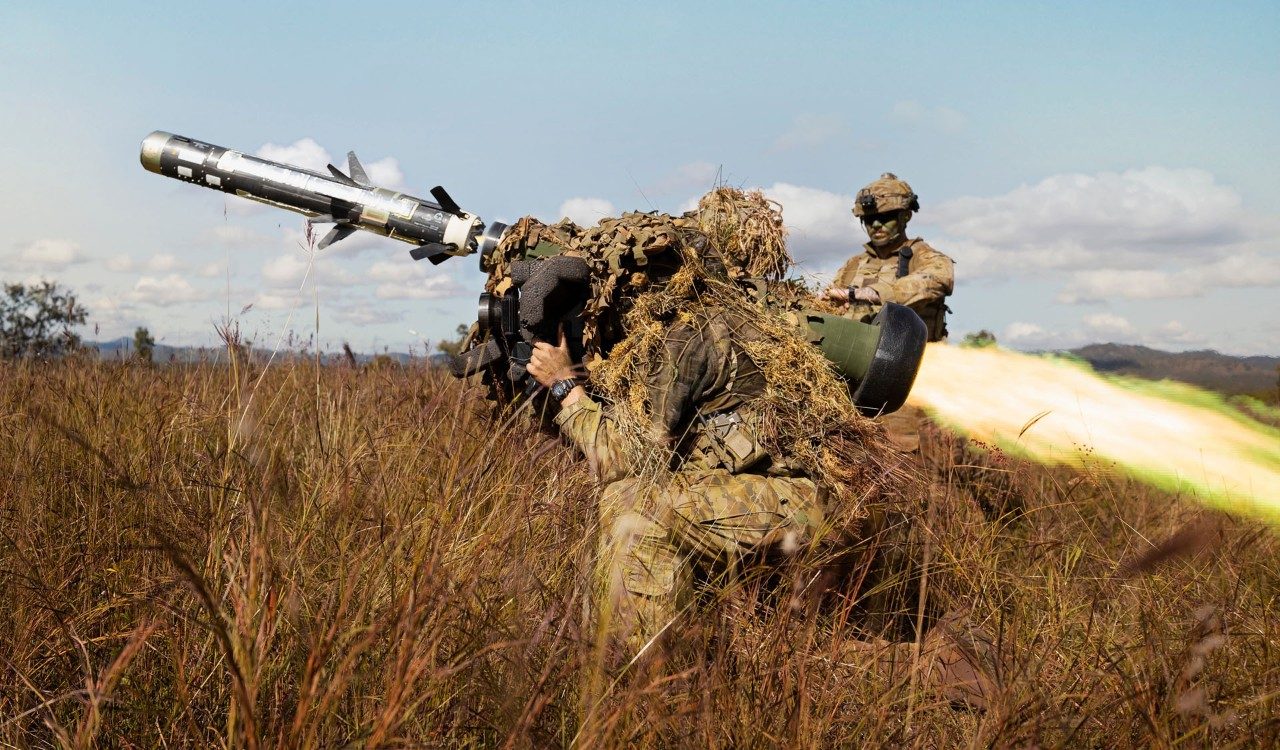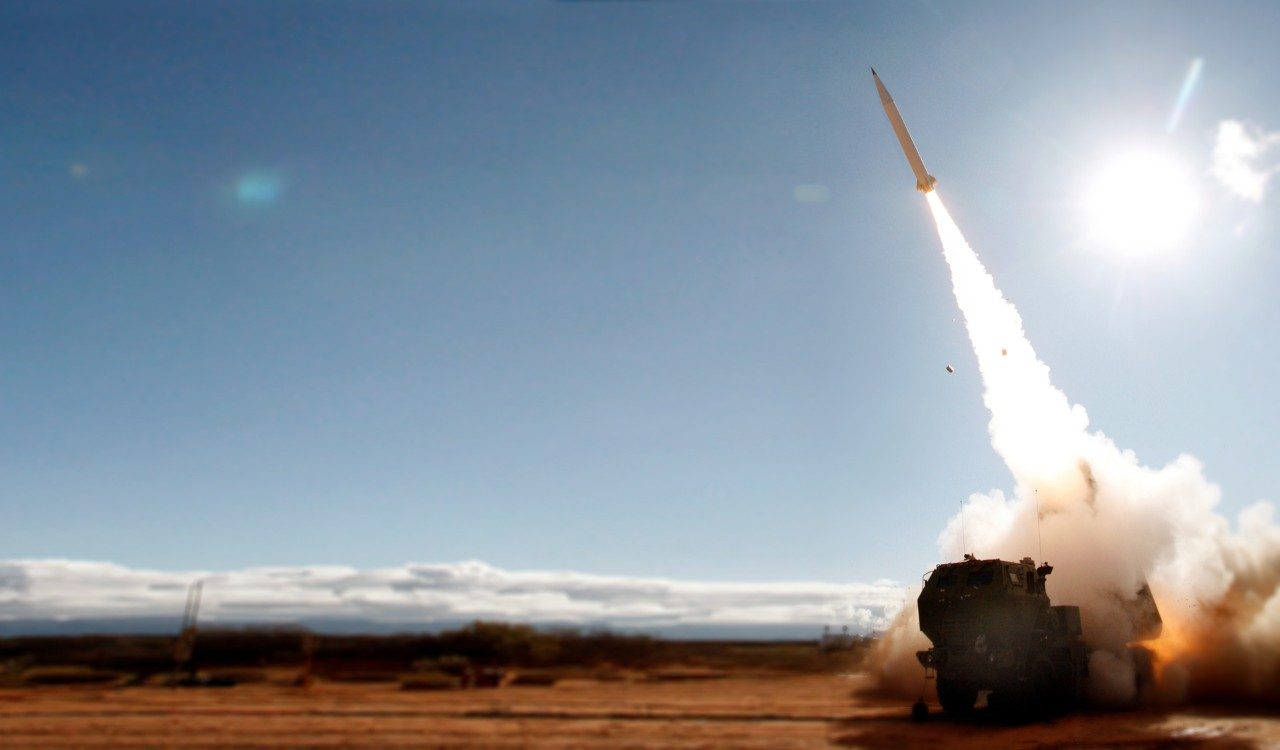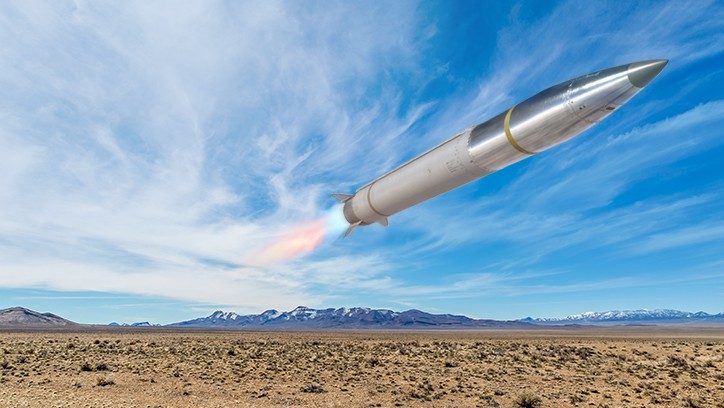Lockheed Martin is delivering transformative capabilities to its domestic and international partners so that they can protect what matters most. The company’s systems help enhance interoperability between the U.S. military and allied nations and foster innovation that supports critical missions today and into the future.
“Our near-peer adversaries have learned from three decades of U.S. military operations and evolved their military strategies to exploit the U.S. and its allies’ weaknesses—they’ve also made massive investments to rapidly close the technology gap, said Ken Kota, vice president of the Australian Defence Strategic Capabilities Office (ADSCO) at Lockheed Martin Missiles and Fire Control.
“To stay ahead of the evolving challenges of a more complex battlespace, our 21st Century Security vision relies on emerging technologies to make decisions with unrivaled speed.
With 21st Century Security driving our path forward, we’re ensuring the U.S. and its allies leverage mission capable, interoperable, and agile technologies to enhance the deterrent effect of our national and allied defence enterprises,” continued Kota.
Lockheed Martin is fully committed to its role as a Strategic Industry Partner in the development of the Australian Guided Weapons and Explosive Ordnance (GWEO) Enterprise, supporting national Defence capabilities, and accelerating workforce and industrial development in Australia.
Mission Capable
Lockheed Martin’s products enable safe and successful missions and its Missiles and Fire Control business area has been the leading designer and manufacturer of systems that enable mission success.
The company’s surface-to-surface precision strike solutions provide unmatched capability through systems such as the HIMARS launcher, Army Tactical Missile System (ATACMS), Guided MLRS (GMLRS) and the Javelin Weapon System.
Lockheed Martin’s breadth of experience, paired with investments in digital engineering technologies, has allowed it to advance capabilities with next-generation technology like its Precision Strike Missile (PrSM) and Extended-Range GMLRS systems– accelerating their delivery into the field.

Integrated
In today's complex defence environment there is no longer a place for single-focus bespoke solutions.
Lockheed Martin’s vision for the future is based on connected current and next-generation technologies to deter rapidly evolving threats across all domains – land, air, sea, cyber, and space. Lockheed Martin has capabilities that are true multi-domain operations enablers, and its advanced network of defence technologies create an interoperable and resilient “network of platforms” that provides armed forces with a complete picture of the digital battlespace and empowers users to make smarter and faster decisions.

Need for Speed
Rapid advancements in technology have increased the speed of defence. Commanders must make decisions faster and need versatile, flexible options.
These solutions require a network of systems working together on the battlefield – converging assets across all domains and providing complementary options to joint force commanders.
Strong military capabilities provide nations with the deterrent and defence they need in today’s increasingly complex landscape. Protecting troops, civilians and infrastructure requires the world’s most advanced capabilities. A number of Lockheed Martin’s capabilities are being utilised across the U.S. and allied nations for defence and deterrence needs.
“As a Strategic Industry Partner in the development of the Australian Guided Weapons and Explosive Ordnance (GWEO) Enterprise, we are bringing integration and speed to realise the national defence capabilities that Australia needs to maintain a decisive advantage across all domains,” said James Heading, director for the Australia Defence Strategic Capabilities Office with Lockheed Martin Missiles and Fire Control.





